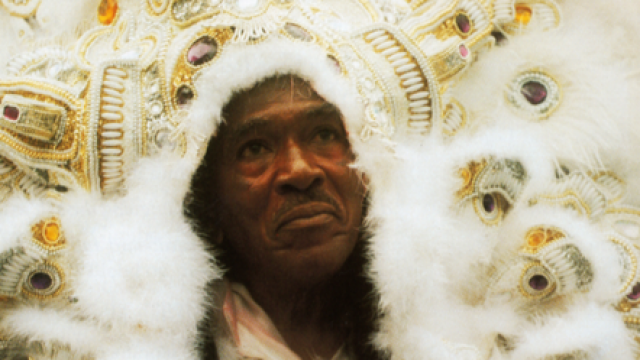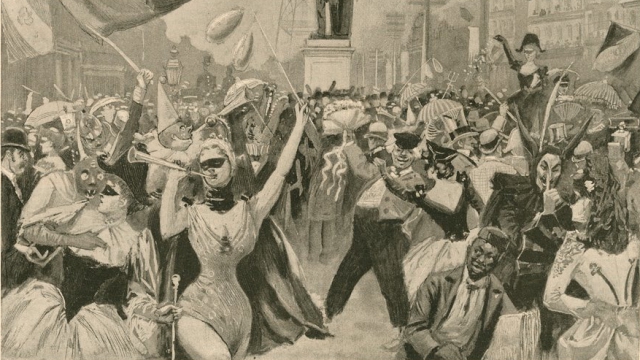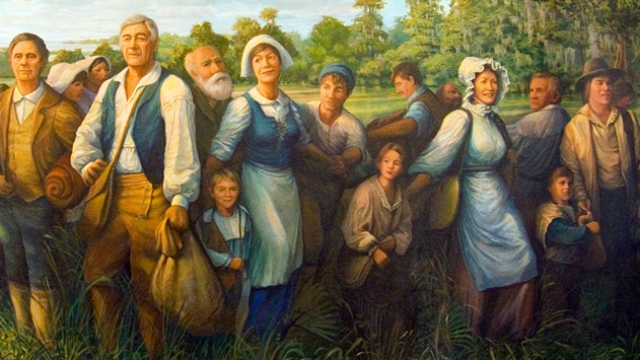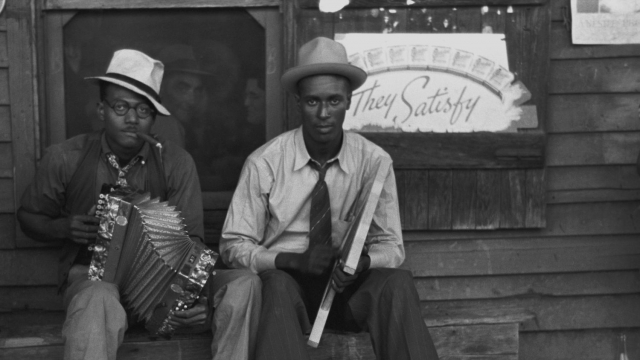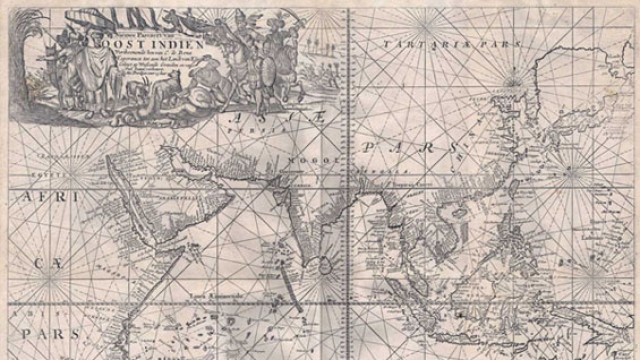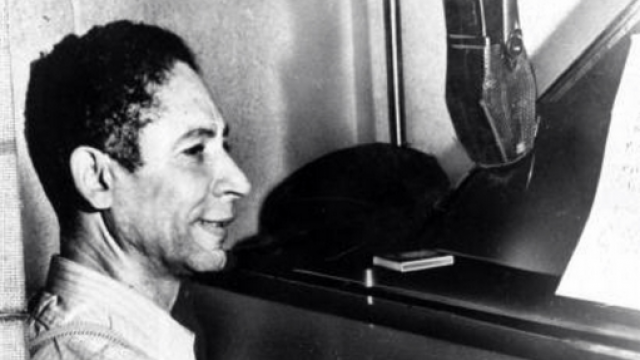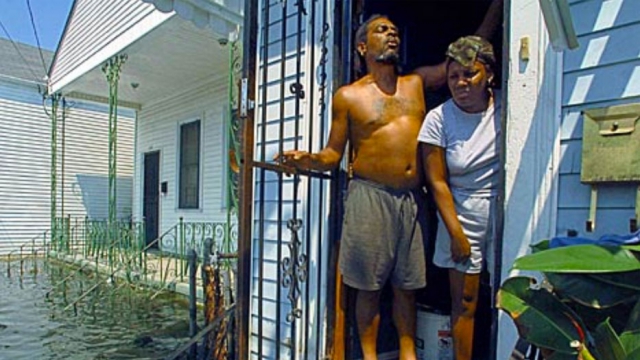This course focuses on symbolic meaning in the vernacular expressive culture or folkloric forms of community groups in New Orleans, French Louisiana, the Gulf South region and selected out migrant locations. It addresses differential identities of tribal, ethnic, regional, religious, linguistic, occupational, class and gender affiliations – and examines aesthetic forms as a primary means to do so. Some of these are largely intangible such as music and dance, ritual and festival, narrative and jokes; others are tangible or material culture to varying degrees such as the built environment (houses, boats, landscape use), crafts, costumes and cuisine. All are examined via ethnographic and historical writing, oral histories and documentary media as to how shared cultural knowledge is performed in an array of contexts. These include dancehalls, Carnival parades, second lines, work settings, festivals, neighborhood museums, sacred spaces and so on.
Back
- African/Caribbean Based Social and Vernacular Dance Forms | DANC 3240-01
- Autobiographies and Southern Identity
- Black Music & Performance in New Orleans | ADST 3550
- Building Community through the Arts | DANC 4900
- Ethnography of Performance and Identity In New Orleans and French Louisiana | ANTH 3395/6395
- French and Creole In Louisiana | FREN 4110/6110
- Gender, Archives, and Musical Culture | GESS 4500
- History of Jazz | MUSC 3340
- Hollywood South | COMM 4810
- Jazz, Blues, and Literature | ENLS 4010
- Languages of Louisiana | ANTH 4930
- Literary New Orleans | ENLS 4030
- New Orleans and Senegal in the Atlantic World | HISU 3100-01
- New Orleans Hip Hop | ADST 1550
- New Orleans Music | MUSC 1900
- The Creation of Jazz in New Orleans | HISU 4694-01
- The Latin Tinge: Jazz and Latin American Music in New Orleans and Beyond | MUSC 3360
- Urban Geography: New Orleans Case Study | AHST3131

